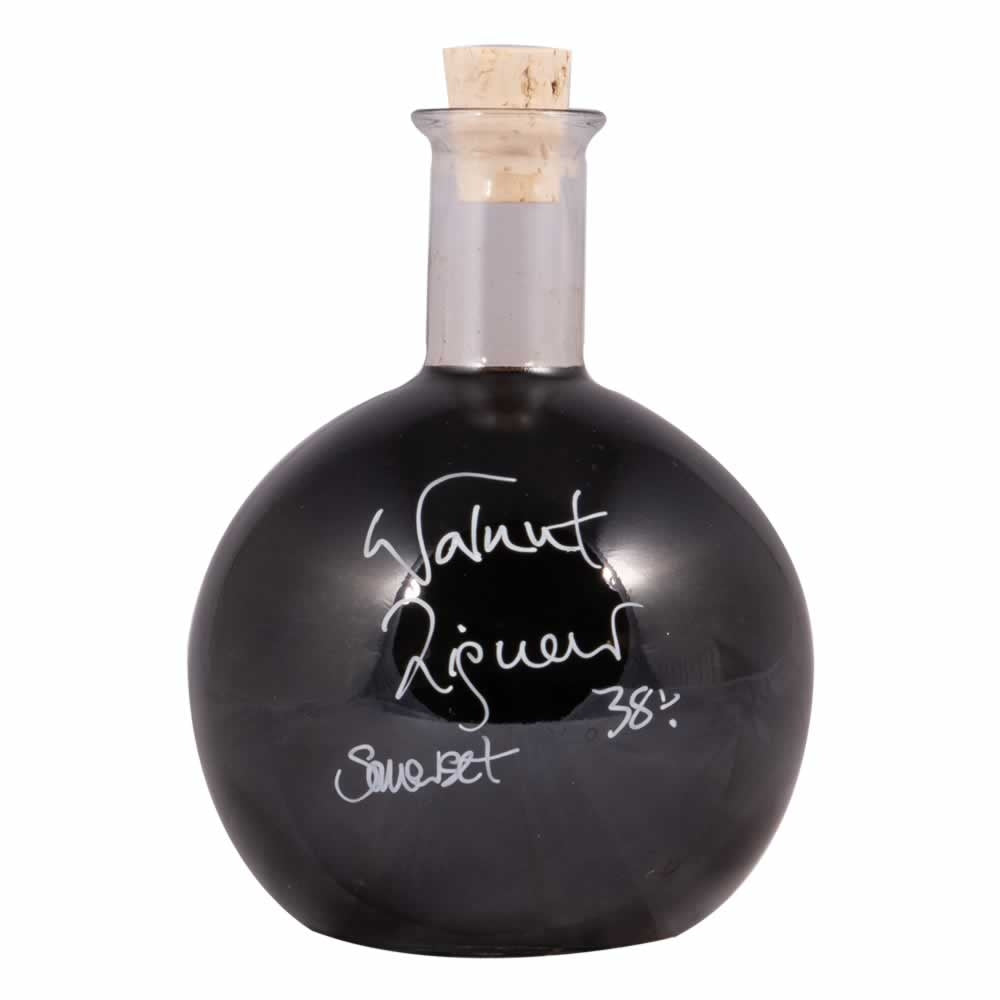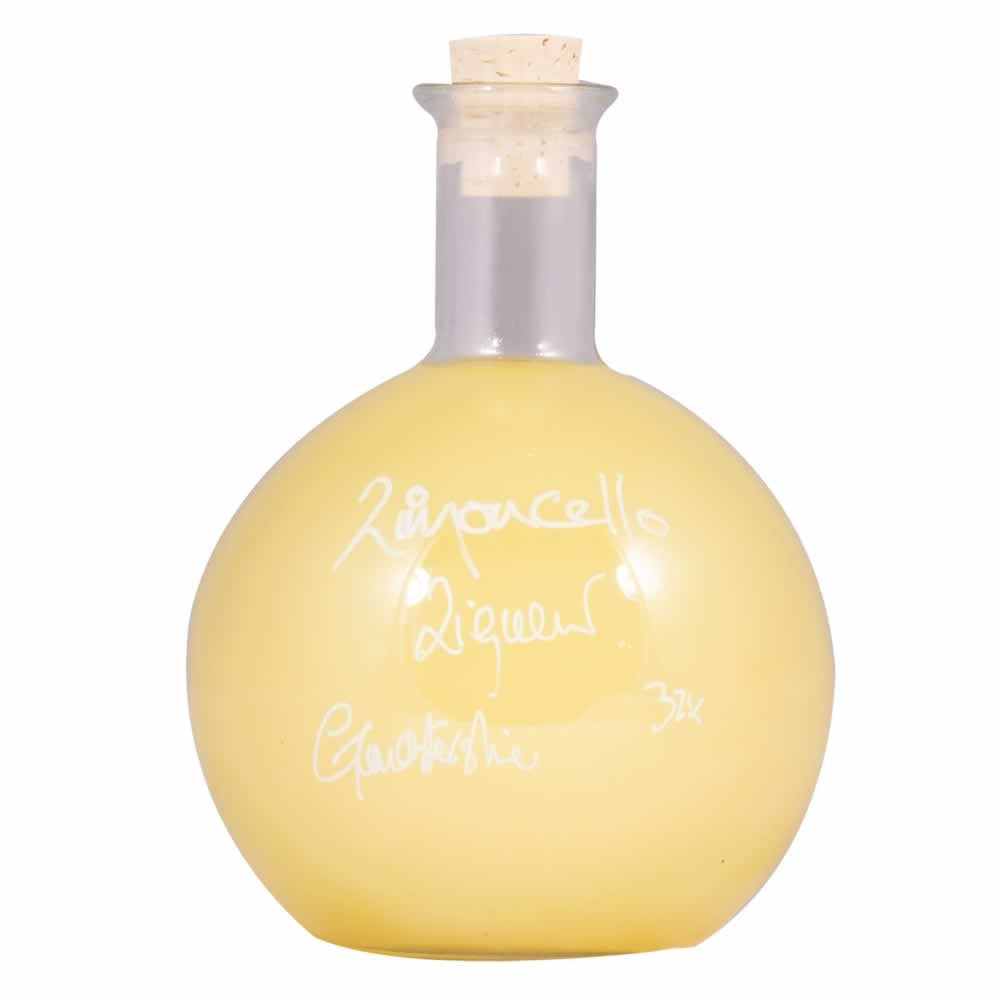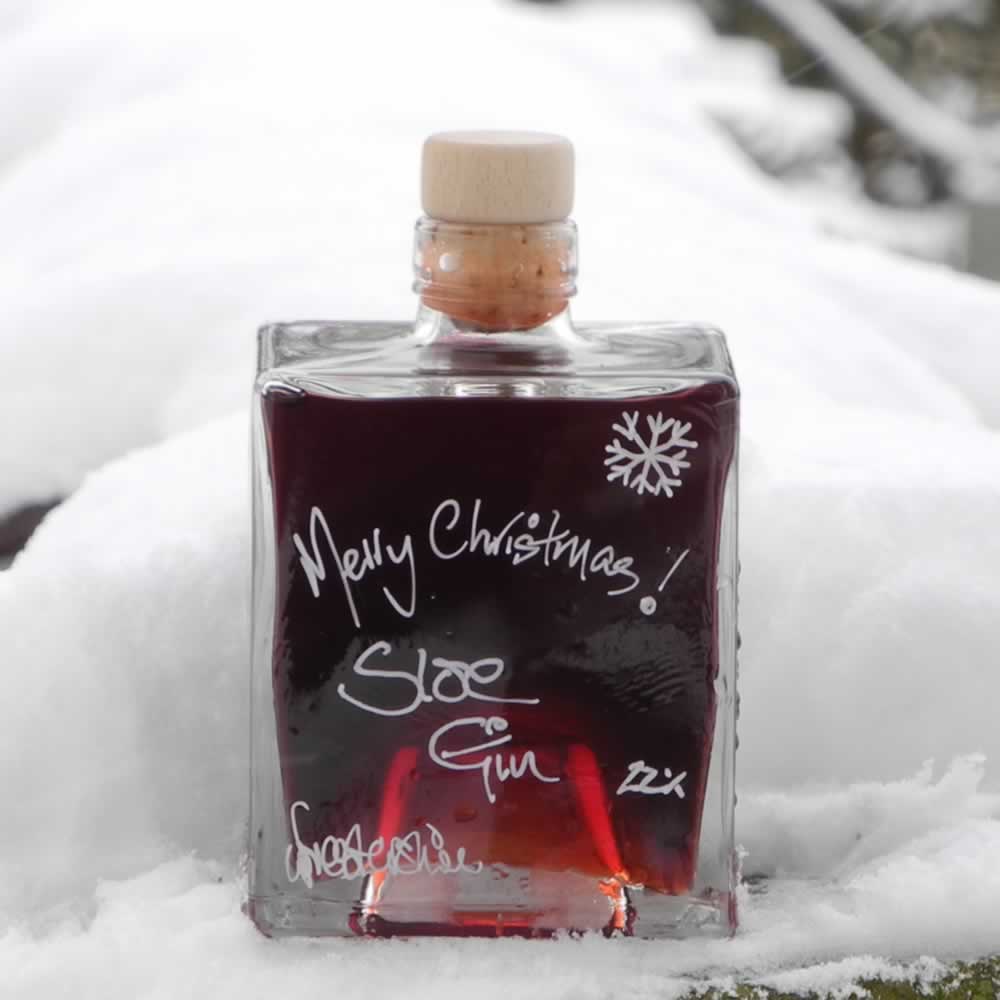Eau de Vie
Eau de vie, translates from French as "water of life" which derives from the broader Latin term "Aqua vitae". It is a clear and colourless spirit distilled from fermented fruits or barley. It is usually twice distilled, making a drink with a very complex set of subtle and interesting flavours. Our Eau de Vie is distilled from either fermented apples or barley. Eau de Vie can be consumed neat, mixed into cocktails or used very effectively as an alcoholic base spirit for many of our fruit liqueurs.
Read more about Eau de VieEau de vie, translates from French as "water of life" which derives from the broader Latin term "Aqua vitae". It is a clear and colourless spirit distilled from fermented fruits or barley. It is usually twice distilled, making a drink with a very complex set of subtle and interesting flavours. Our Eau de Vie is distilled from either fermented apples or barley. Eau de Vie can be consumed neat, mixed into cocktails or used very effectively as an alcoholic base spirit for many of our fruit liqueurs.
What is Eau de vie?
Eau de vie is undoubtedly one of the lesser-known alcoholic drinks. However, despite it not being overly known many of us may possibly have tried it without realising it. Eau de vie can take many forms but the simplest description of Eau de vie is a clear and colourless spirit distilled from fermented fruit or grain. Eau de vie is usually distilled twice which makes the fruit flavour very light but, in most cases, recognisable. Eau de vie shouldn't be confused with Marc or Grappa, similar spirit brandies, made from pomace, i.e. leftovers after making wine. The gentle and complex flavours associated with Eau de vie allow it to be drunk neat in small quantities (30-60ml), often over ice, as a digestif. Its high alcoholic strength also make Eau de Vie a great choice as a palate cleanser, as well as helping with digestion.

History of Eau de Vie
The history of Eau de Vie can possibly be linked to the invention of brandy as it follows a very similar process. The discovery of brandy was achieved by distilling wine made from grapes. However, it could be argued that this process was quickly adapted to other fruit wines producing what we now call Eau de Vie. This is perhaps why in France the term Eau de Vie is referred to as a generic term for distilled spirits. Whatever the origins of Eau de Vie are, we can clearly see it had a big impact on the alcoholic beverages produced in many regions of the world. Such as, German Schnaps, Balkan Rakia, or even the Slavic Palinka.

How is Eau de Vie made?
Eau de Vie is simply a fruit brandy, and a good example is our Apple Brandy Eau de Vie 40%. The best way to explain the process is to split it into three distinct sections. The first Step in making Eau de Vie is to create a must for fermentation using the desired fruit, in this example it is Somerset Cider Apples. A fruit press is used to extract all the juices from the apples. Once enough is collected, yeast and sometimes sugars are added to begin the fermentation. Once the fermentation is completed, we can begin step two of creating our apple Eau de vie. The fermented apple juices are added to a still, ready to be distilled. The distillation process takes some time and not all the distilled vapours are equal. Distillers split the process into three stages: "Heads", "Heart" and "Tails". The "heads" refer to the starting section of the distillation which is often very harsh in aroma, this section is collected but not used. The "Heart" is the best section of the distillation, perfect in aroma as well as the ABV it contains. The "Tails" is a weak end section of distillation lacking the ABV to be used in bottling, therefore it is collected but not used. This process is repeated to achieve a clear and colourless beverage with light traces of our fermented apple. The final stage is bottling. Eau de Vie is often immediately bottled. It does not require any aging in wooden barrels. However, some manufacturers do in fact age their drink giving it a more distinct flavour.

Types of Eau de Vie
Apple Eau de Vie
is distilled from fermented apples, is better known as Apple Brandy Eau de Vie. It has a subtle hint of apple or cider flavour
Schnaps
is typically a German type of Eau de Vie which is made by adding fruit syrups, spices, or artificial flavourings to neutral grain spirits.
Rakia
is mostly associated with the Balkans, specifically places such as Greece and Turkey. This Eau de Vie is twice distilled using grapes and anise in fermentation.
Palinka
is a traditional fruit spirit from Eastern and central Europe. By law fruit spirits mashed, distilled, matured and bottled in Hungary, can be called "pálinka"
Arrack
is made from the fermented sap of coconut flowers or sugarcane this beverage is typically produced in India, Sri Lanka and Southeast Asia.
Barley or Fruit Eau de Vie
Barley is commonly use in the production of Single Malt Scotch Whisky, Vodka or Gin. Barley is fermented to make a beer which is then distilled to produce an Eau de Vie. In the case of Scotch Whisky, the Eau de Vie is then matured for 3 or more years in Oak wood casks, in the case of Vodka it is filtered and in the case of Gin, juniper and other botanicals are added to flavour the spirit. Other common types of Eau de Vie use a variety of fermented fruits such as Pears, Raspberries, Plums, Peaches and Apricots all of which produce wonderful subtle variations on their final tastes.

















